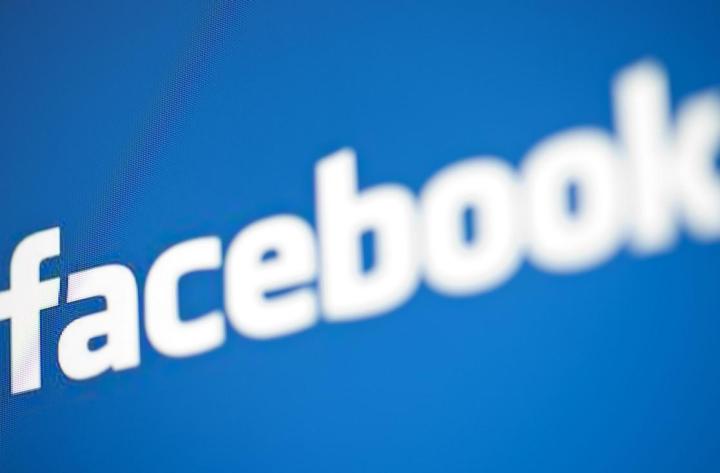
Click-bait articles have long taken advantage of Facebook’s news feed algorithm since the number of clicks on a article is one of the metrics that determines the article placement within the feed as well as increasing the number of people that will see the article. To combat click-bait, Facebook is going to track the length of time that the user spends away from Facebook reading the article. For instance, if a user clicks on an article and only spends a few seconds before returning to Facebook, that article will be devalued in the feed.
Beyond the time measurement, Facebook will also add up the number of social actions that occur on the article and compare that against the number of clicks the article receives. For example, if an article receives thousands of clicks, but very few likes or comments on the Facebook post, that factor will reduce the prominence of the article in the feed.

These changes are based off surveys that Facebook distributed among a random sampling of users. One statistic indicated that users prefer headlines that accurately describe the content in the article approximately 80 percent of the time over click-bait style articles.
Beyond click-bait targeting to improve the quality of the feed, Facebook stated that specific types of posts will be devalued with the algorithm changes. Specifically, pages and users that post in the link format will be ranked higher than photo posts that have a URL included in the description. Posts created in the link style include additional information about the article in the description as well as the site URL and possibly the author of the content. Interestingly, this style of post is also more effective within the mobile feed as the entire photo attached to the post is click-able to the site.
In addition to photos posted with a URL in the description, this update will also devalue status updates that include a URL. According to Facebook, these updates will roll out slowly over the next few months. Any sites that consistently publish click-bait articles will see an overall reduction in referral traffic from the social network.
Of course, this isn’t the first change that Facebook has made this year in regards to low quality content. Announced during April 2014, Facebook took steps to reduce the number of “like-bait” posts that ask Facebook users for artificial inflation of likes, shares and comments. This shift was designed to encourage more original content being posted in the feed rather than silly pictures or Internet memes.
Editors' Recommendations
- How to set your Facebook Feed to show most recent posts
- Facebook’s new controls offer more customization of your Feed
- Facebook takes down misinformation networks linked to QAnon
- Ahead of the 2020 presidential election, Facebook says it’s banning deepfakes
- Snopes says ex-partner Facebook is ‘not committed’ to fighting fake news

